The fourth phase of China's lunar exploration program, including the Chang'e-6, Chang'e-7, and Chang'e-8 missions, is in progress, said Wu Weiren, chief designer of the country's lunar exploration program, on Monday.
Wu made the remarks while attending a celebration event on the Space Day of China held in Hefei, the capital of east China's Anhui Province.
According to Wu, Chang'e-6 is poised to collect samples from the far side of the moon, marking a mission that will be the first of its kind in human history. Chang'e-7 mission will involve landing on the lunar south pole and searching for water. Chang'e-8 will conduct a survey of lunar materials at the south pole, which scientists hope could be used to build houses by using 3D printing technology.
Chang'e-6, Chang'e-7, and Chang'e-8 will form the basic model of a scientific research station on the moon's south pole, which is expected to be completed around 2028, Wu said.
"Meanwhile, we are working hard to promote the establishment of the International Lunar Research Station, which is initiated by China, with the participation of other countries, for long-term operation," he said.
"We also hope to set up an international organization after establishing the International Lunar Research Station," Wu added.
According to the China National Space Administration (CNSA), China plans to launch Queqiao-2, or Magpie Bridge-2, a relay satellite for communications between the far side of the moon and Earth in 2024. The satellite will serve as a relay platform for the fourth phase of China's lunar exploration program, providing communications services for Chang'e-4, Chang'e-6, Chang'e-7, and Chang'e-8 missions.
During Monday's event, two experimental satellites for communication and navigation, which will be launched together with Queqiao-2, were named Tiandu-1 and Tiandu-2, after the "Tiandu Peak," a main peak of the famous Huangshan Mountain in Anhui Province.
The two satellites, developed by China's Deep Space Exploration Lab, will conduct technological experiments and provide a reference for the design of the future Queqiao constellation.
The Chang'e-5, launched in 2020, was China's most recent lunar mission. Its probe retrieved 1,731 grams of soil samples from the near side of the moon.
Starting in 2016, China chose April 24 as the Space Day of China to mark the launch of its first satellite "Dongfanghong-1" into space on April 24, 1970.








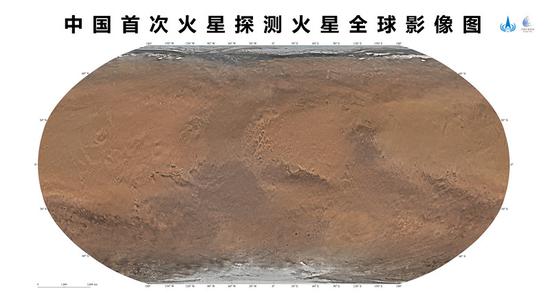

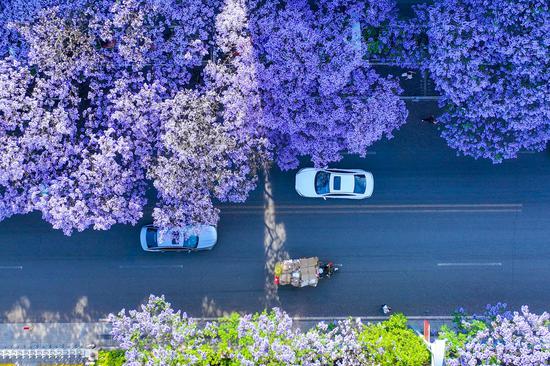

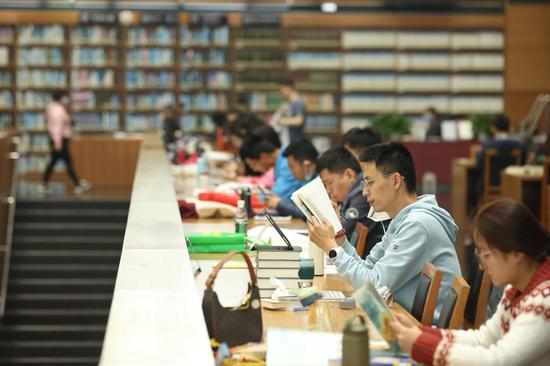


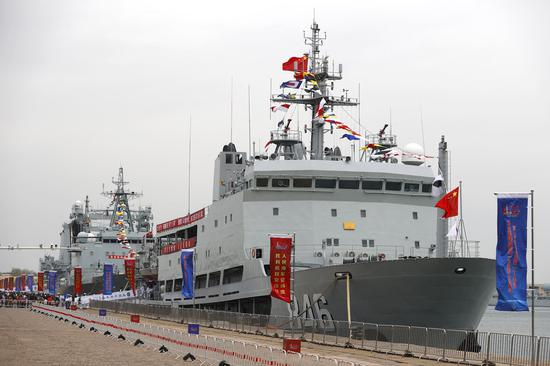







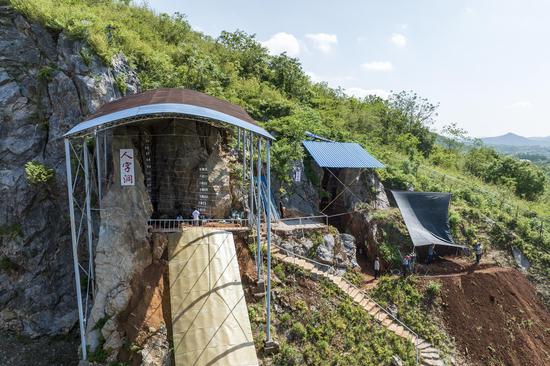

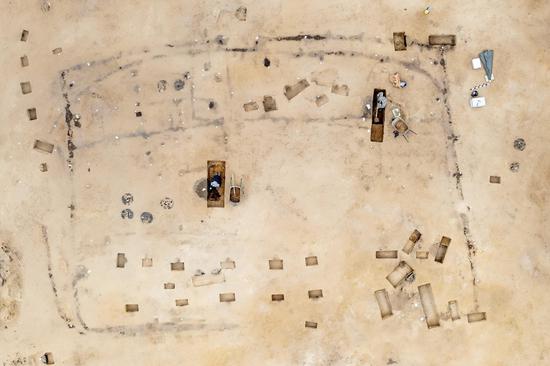


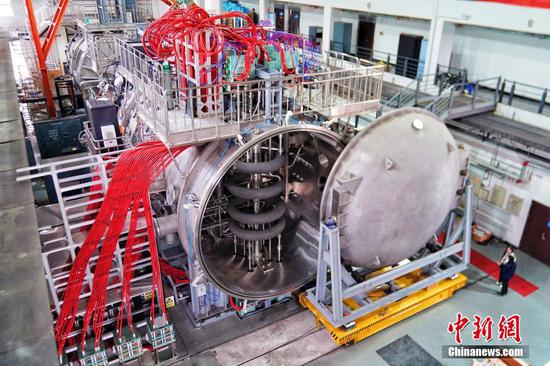





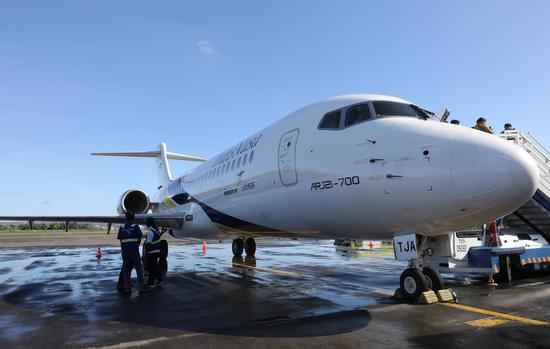
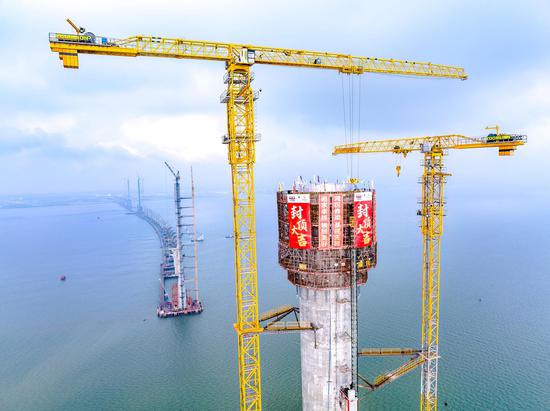

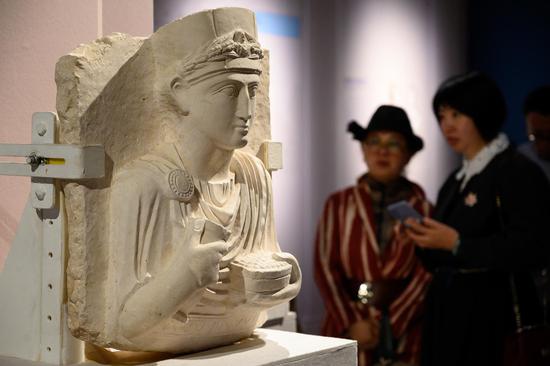
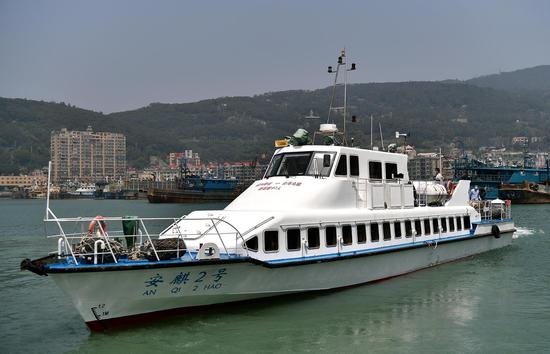











 京公网安备 11010202009201号
京公网安备 11010202009201号